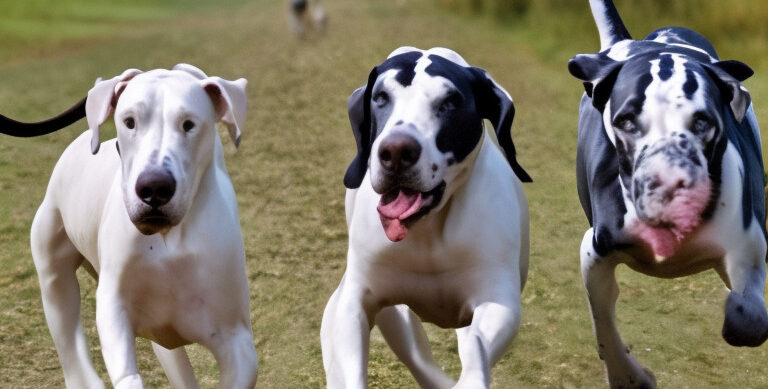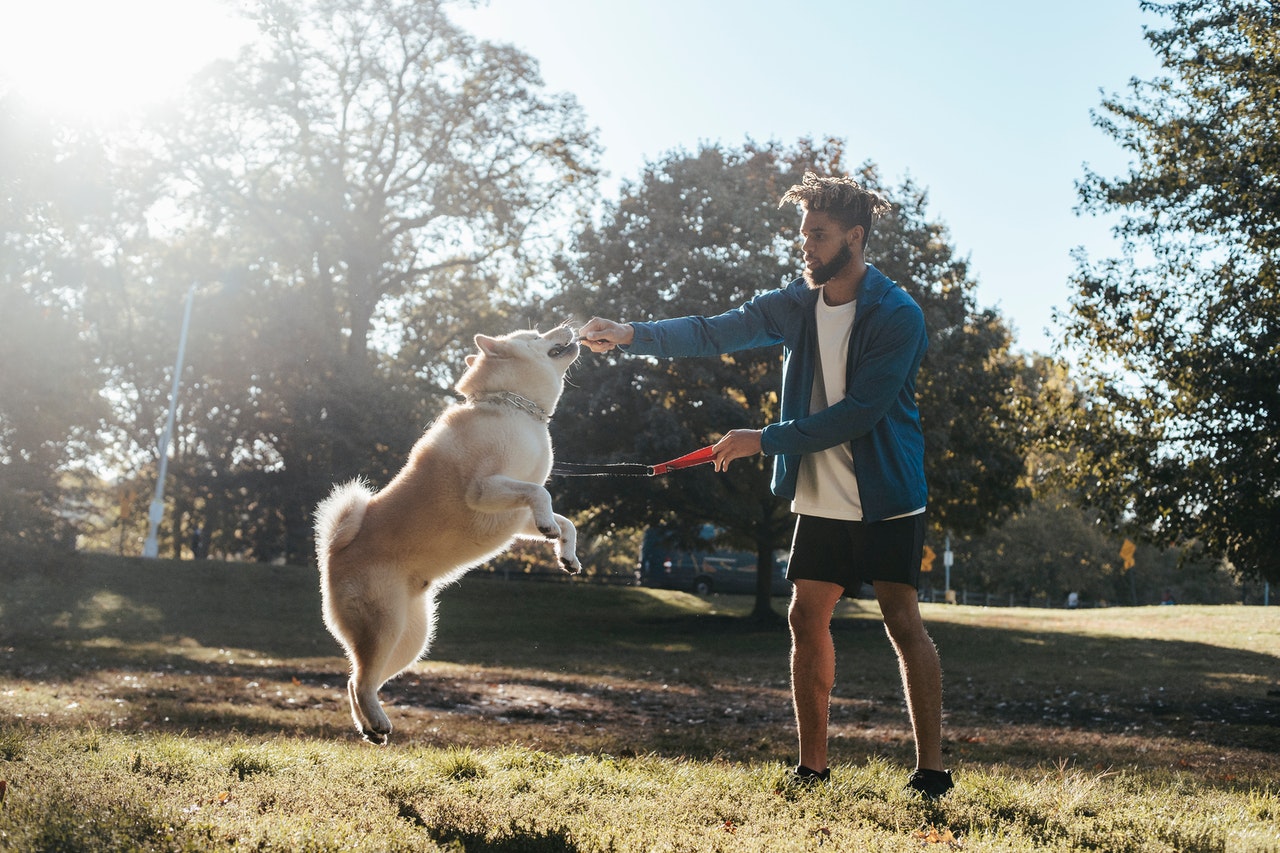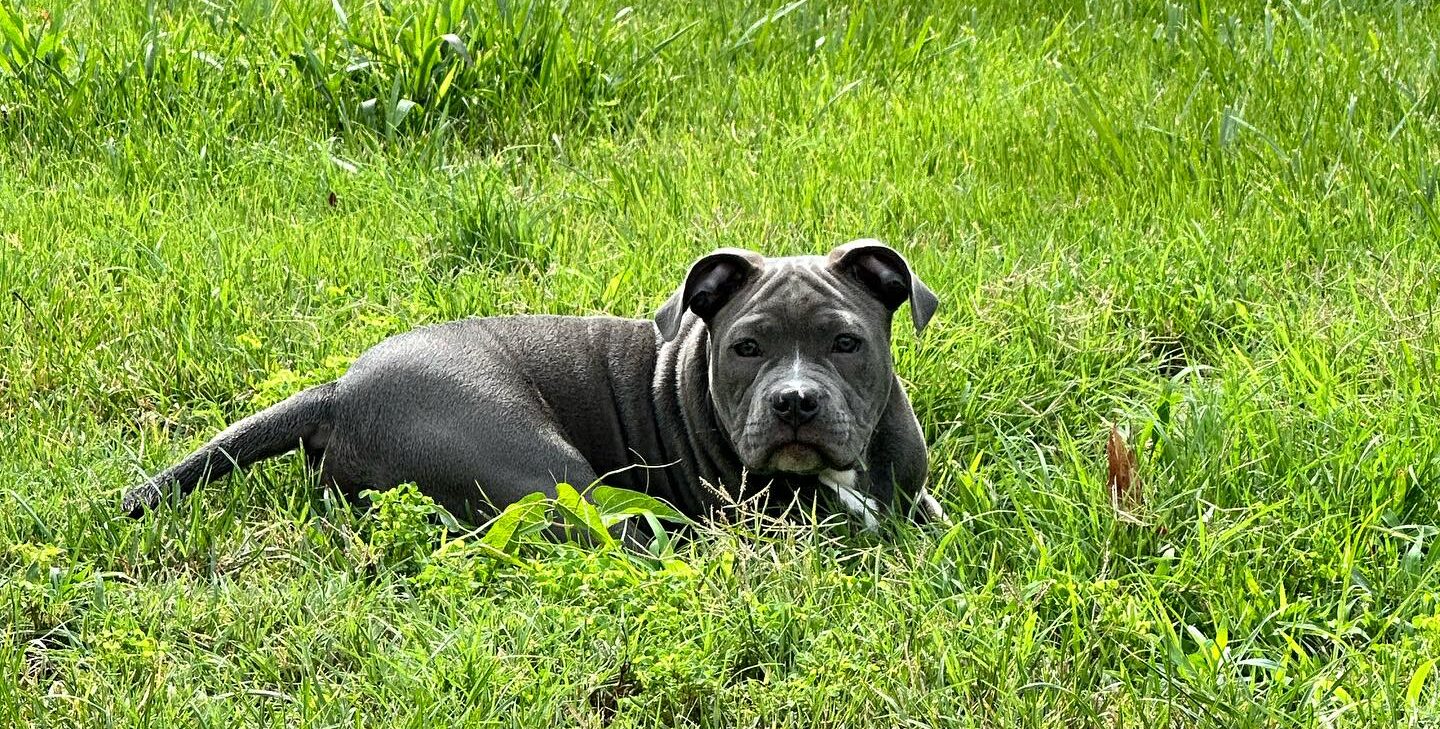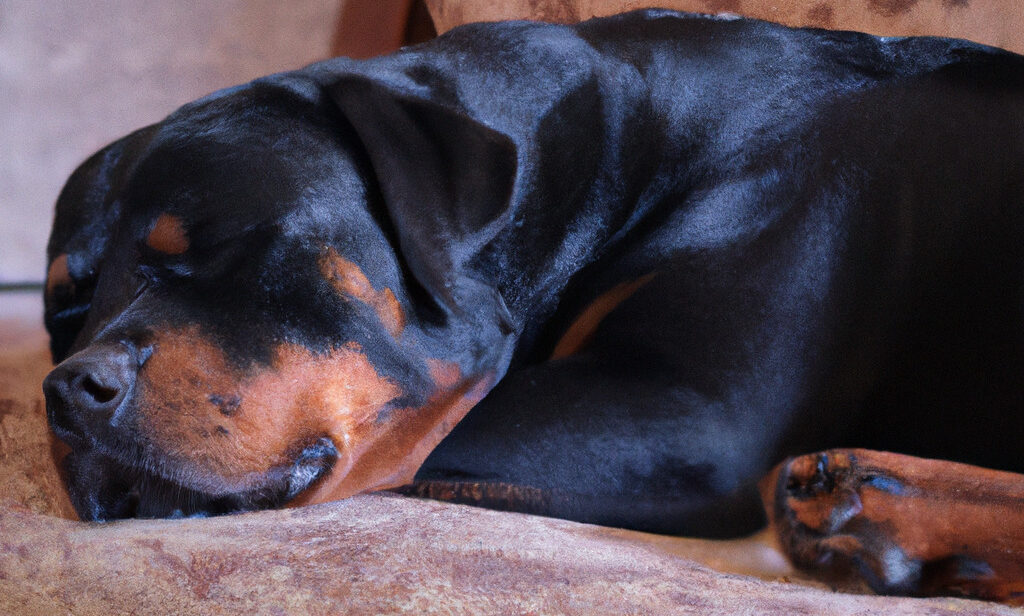Last Updated on October 29, 2023
Great Danes are known for their gentle giants’ reputation, but even these majestic dogs can suffer from separation anxiety. As a loving pet owner, you want to ensure your Great Dane feels secure and content when you’re not around. Fortunately, using a crate can be a valuable tool to help alleviate separation anxiety in your dog.
Understanding Separation Anxiety in Great Danes
Separation anxiety in Great Danes can manifest in various ways, such as excessive barking, destructive behavior, or even physical symptoms like drooling and trembling. It’s essential to recognize these signs and address them effectively.
The Benefits of Using a Crate
Crates can be an essential part of your Great Dane’s life and help reduce separation anxiety. Here’s how:
- Creating a Safe Space: The crate serves as a den-like sanctuary for your Great Dane. It’s a place where they can find solace and a sense of security. When your dog experiences anxiety, being in a crate allows them to feel protected, much like finding refuge in a safe haven during a storm.
- Establishing a Routine: Dogs are creatures of habit, and routines provide them with a sense of predictability. When your Great Dane associates the crate with their daily routine, it becomes a comforting and expected part of their day. This can help reduce anxiety because your dog knows what to anticipate.
- Preventing Destructive Behavior: Separation anxiety can lead to destructive behaviors in dogs as they try to cope with their anxiety and loneliness. By using a crate, you provide a controlled environment that discourages destructive tendencies. It’s a protective measure for both your dog and your belongings.
- Easy House Training: Crate training is a valuable aid in housebreaking your Great Dane. The crate teaches them bladder control and encourages them to wait until they’re outside. When they associate the crate with positive experiences like treats and comfort, they are more likely to cooperate during the house training process.
Choosing the Right Crate
Selecting the right crate is crucial for the well-being of your Great Dane. Here are some factors to consider:
- Size Matters: The crate’s size is vital to your Great Dane’s comfort. They should have enough room to move comfortably, but not so much space that it loses its cozy, secure feeling. A spacious crate will help them feel at ease, even when you’re not around.
- Quality Material: To elaborate: The crate’s construction is essential for safety and longevity. A sturdy, well-ventilated crate made from durable materials ensures that it withstands the test of time and keeps your dog secure.
- Proper Location: The crate’s location is critical. It should be situated in a calm, quiet part of your home to create a serene environment. This helps your Great Dane associate the crate with a place of tranquility and relaxation.
Introducing Your Dane to the Crate
To make the crate a positive place for your Great Dane, follow these steps:
- Gradual Introduction: Gradual introduction is key to helping your Great Dane feel comfortable in the crate. Let them explore it voluntarily, without any pressure. Leaving treats or toys inside motivates them to enter and associate the crate with positive experiences.
- Feeding Inside the Crate: Mealtime can be a bonding experience with your dog. Feeding them inside the crate is a fantastic way to create a positive connection. It associates the crate with something your Great Dane loves, making it a welcoming space.
- Short Practice Sessions: Short practice sessions acclimate your Great Dane to the crate. It’s important to start with brief periods and then gradually extend the time. The goal is for your dog to become familiar with the crate and view it as a place of comfort and security.
Using the Crate Responsibly
When using the crate to alleviate separation anxiety, it’s important to follow these guidelines:
- Stick to a Routine: Consistency is key when using the crate as a tool to alleviate separation anxiety. Following a routine provides your Great Dane with a sense of predictability, which can significantly reduce their anxiety.
- Never Use it as Punishment: It’s crucial to maintain a positive association with the crate. Never use it as a form of punishment, as this can lead to a negative view of the crate, potentially exacerbating anxiety.
- Provide Entertainment: Leaving toys and chews in the crate helps keep your Great Dane engaged and distracted. This can alleviate anxiety by providing them with something enjoyable to focus on during your absence.
Monitoring Progress
 Once you’ve implemented crate training to address your Great Dane’s separation anxiety, it’s crucial to keep a watchful eye on their progress. Every dog is unique, and while crate training can be highly effective, some may require additional support.
Once you’ve implemented crate training to address your Great Dane’s separation anxiety, it’s crucial to keep a watchful eye on their progress. Every dog is unique, and while crate training can be highly effective, some may require additional support.
- Behavioral Changes: Observe your dog’s behavior over time. You should see a reduction in anxiety-related symptoms such as excessive barking, destructive behavior, and signs of distress.
- Comfort Inside the Crate: Ensure that your Great Dane becomes increasingly comfortable inside the crate. They should willingly enter the crate without hesitation.
- Relaxed Body Language: Pay attention to your dog’s body language. A relaxed posture, with no signs of trembling or excessive drooling, is a positive indicator of reduced anxiety.
If, despite your best efforts, your Great Dane’s separation anxiety persists or worsens, it’s advisable to seek professional help. A certified dog trainer or a veterinarian with expertise in canine behavior can provide valuable insights and customized strategies to address your dog’s specific needs.
Additional Tips for a Happy and Relaxed Great Dane
In addition to using a crate to alleviate separation anxiety, there are other measures you can take to ensure your Great Dane’s well-being:
- Regular Exercise: Great Danes are active dogs, and regular exercise is essential for their physical and mental health. Adequate exercise can help reduce anxiety.
- Positive Reinforcement: Use positive reinforcement techniques to reward good behavior. Treats, praise, and affection can reinforce the desired behaviors.
- Interactive Toys: Provide your Great Dane with interactive toys that can keep them mentally stimulated while you’re away. Puzzle toys or treat-dispensing toys can be excellent choices.
- Consider a Companion: If your Great Dane’s separation anxiety remains a challenge, consider getting a second dog as a companion. Sometimes, having a furry friend can provide comfort and alleviate loneliness.
Conclusion
In conclusion, separation anxiety in Great Danes is a common concern, but with the right approach, it can be effectively managed. Using a crate as a safe and secure space, choosing the right crate, introducing it gradually, and using it responsibly can make a significant difference in your dog’s life.
Remember that patience and consistency are key to the success of crate training. Ensure that the crate remains a positive and welcoming space for your Great Dane. By monitoring your dog’s progress and seeking professional help if necessary, you can help your beloved pet overcome separation anxiety and enjoy a happier, more relaxed life.
Your Great Dane’s well-being is a priority, and your efforts to alleviate their anxiety will result in a more content and confident furry companion.
 Dog N Treats All dogs deserve to be pampered
Dog N Treats All dogs deserve to be pampered



